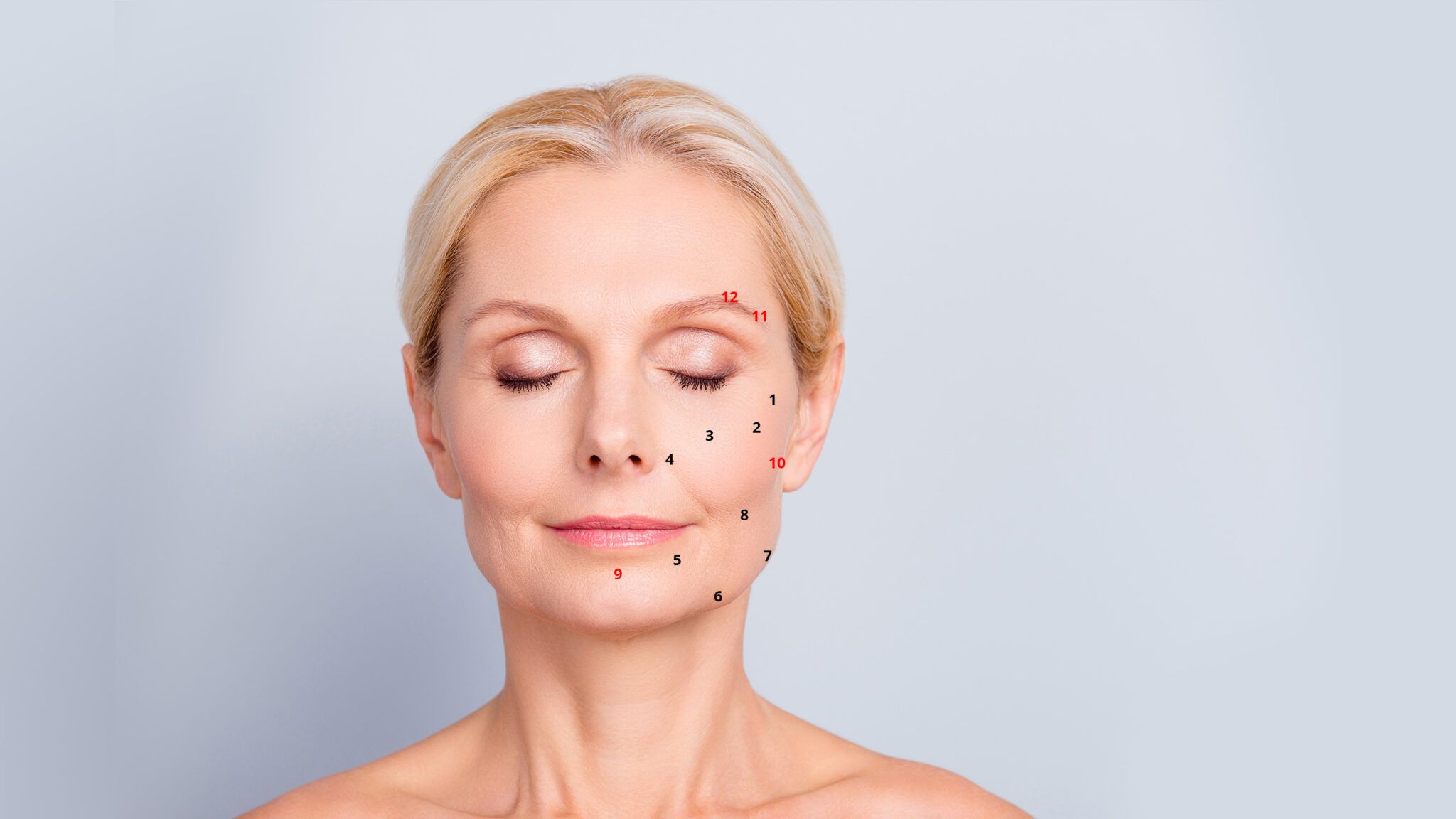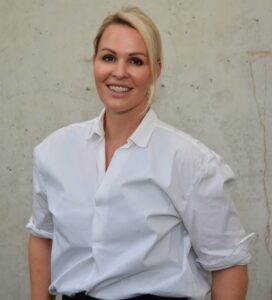Filler Injections: Beauty as a Craft

They have long been the gold standard in aesthetic dermatology. Even if the hyaluronic acid fillers that are injected today are adapted in their molecular structure to the various facial areas or tissue structures, an experienced doctor is still needed. He oder she is the best guarantee for the desired result.
Real craftsmanship and experience is required, especially in order to optimize the areas around the eyes, cheeks and forehead. Our interview partner Dr. Marion Runnebaum is an expert when it comes to filler types and special injection techniques. The German M.D. is not only a practicing dermatologist in Jena, but also coaches doctors.
Hyaluronic acid fillers and botulinum toxin for facial rejuvenation and wrinkle treatment are the gold standard in aesthetic dermatology. What leads to a good result in your opinion?
The practitioner’s know-how, the art of thinking aesthetically and of course the materials. Especially in the filler world, it is crucial to use a safe material. Here, hyaluron is still first line therapy for me. And only here is a reliable antidote available , i.e. an antidote like the hylase, to dissolve hyaluron in the tissue if necessary. In the case of botulinum, the doctor alone decides which skills to use to “soften” a face. This is my favorite word for botulinum, “blur” and not freeze.
What has changed in the field of beauty optimisation in the past years?
We can fall back on over 20 years of experience with botulinum and hyaluron. That was unthinkable in my early days but has now become standard. Combined treatment and, above all, being able to holistically perfect a face is the trend today. By holistic I mean being able to deal with skin, fatty tissue, muscles and also the changes in the bones.
What are the differences of the various hyaluronic fillers?
Hyaluronic acid (HA) is an amino acid, i.e. the basic building block of all proteins. The name is misleading because it is not an acid. Uncrosslinked hyaluronic acid is very fluid and not stable in use, i.e. the durability in the tissue is then only 24 hours. That certainly improves the moisture of the skin, but nothing more. HAs are made durable by networking them. Depending on the crosslinking and the technology, both of which are well-kept secrets with the respective companies, the different HAs for the respective areas in the face are produced synthetically.
Unfortunately, the market in Germany is extremely overloaded. At the moment there are over 400 hyaluronic acid preparations of extremely different quality. With purchase prices in the single-digit euro range up to milliliter prices of well over 100 euros. If you use the market leader Juvéderm, then I have a real quality product in hand. Thousands of studies prove the safety of the products, and they are also distinguished by their durability. Studies have shown that the volume filler has a durability of up to 18-24 months in the tissue. With this I can of course treat things very differently than when a filler has disappeared again after six months. Each treatment builds on the previous treatment effect.
What are the characteristics of high quality hyaluronic acid?
As I said: Tested in studies, long durability in the tissue with high security. In addition, it is easy to inject for the doctor and therefore less painful for the patient.
Which filler do you need for which needs?
When it comes to skin quality and very fine, small wrinkles or extremely difficult areas of the face, such as the eyes, I need a very thin filler that can be easily integrated into the small gaps in the skin and still stays in place. The viscoelasticity, i.e. the elastic material behavior, is a big keyword. That is, how well does filler keep its shape. This is extremely important when it comes to treating volume loss or building up structures such as the chin line, the chin itself or the cheeks.
How important is the injection technique?
It’s incredibly important. In a publication more than ten years ago it was already described how important the expertise of a practitioner is. The speed at which the material is injected, technique and knowledge of the patient’s anatomy are essential to achieve a good aesthetic result.
How does the doctor know when to use which filler, because some of them overlap in their areas of application?
That depends solely on the experience of the practitioner. Many products can be used in very different areas, but then with completely different effects. For example, if I apply a volume filler to the nasolabial fold and apply it too superficially, the injection at this point, which, by the way, is usually made much too intense, will result in a very unnatural appearance. The doctor has to understand the face and his tools. This is not so easy.
What mistakes can happen?
If the injection is wrong, the injection speed is too fast and if the “wrong” filler is used in the “wrong” place, so-called knots can arise. Luckily for hyaluronic acid, these can be dissolved with Hylase, a drug that contains the enzyme hyaluronidase. If the doctor injects into a blood vessel, embolization occurs, i.e. this vessel closes and tissue dies. This is the worst that can happen, up to and including blindness. Trendy surgeries such as the „quick nose job“ pose a great danger and require extreme expertise from the practitioner. On Instagram & Co, the impression is so often given that this „nose job” cannot be a problem. And with doctors who are extremely busy on social media, it is always important to ask when they still have time for their patients?
Are there allergic or other unwanted reactions to the modern synthetic hyaluronic acids?
A answer is a very clear yes, because every body reacts differently. As a rule, HA is extremely well tolerated, but there are always patients whose bodies defend themselves against the injection, which can result in lumps, hardening or swellings. With polylactic acid, for example, the decisive factor is how well the patient massages the corresponding region after the treatment. Most of the time, if it doesn’t do this enough, the body builds knots. With hyaluronic acid, on the other hand, he shouldn’t massage …
It is therefore all the more important that an extensive consultation takes place between the doctor and patient before treatment and that a treatment plan is tailored together.
From what age or skin condition should you start with beauty maintenance and when fillers don’t serve you anymore?
Prevention is better than therapy. For some, that means starting in their early 20s. We in Germany tend to start late, that is certainly wrong. Botulinum is a wonderful preservative by simply preventing muscular injuries on the skin and thus wrinkles, which in turn preserves tissue. Hyaluron increases the water content of the skin, fills in defects and also stimulates collagen. The two of them together are a dream team, and if you also use UV-protection, aging can do you much less harm.
Photos @Dr. Runnebaum

CultureAndCream Author from Munich
To travel during my profession as a beauty journalist was never enough for my. Also my six month on a world trip didn’t do it. It always attracts me to other cities, foreign countries, on roadtrips and places I don’t know yet. But I am not only interested in “culture” and “cream”, I am also fascinated by people who have stories to tell . Such unique experiences I want to share with you.



